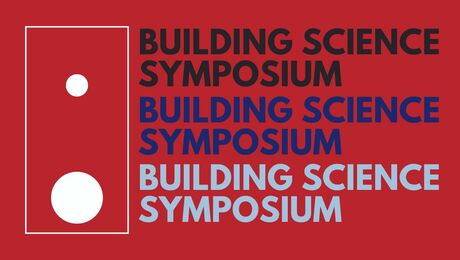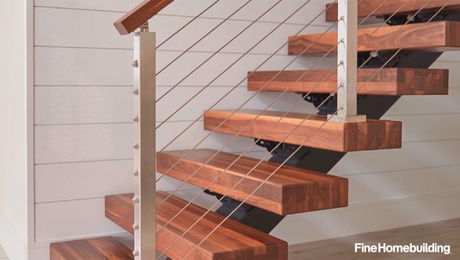Optimal Insulation for Four Inch Walls
Before I request your humble help, I just wanted to thank everyone on these boards for taking the time and contributing. You’ve helped me tremendously! (As a web designer / developer, holler if you have any questions on that frontier)
Now then… I purchased a “fixer upper”, an 1893 colonial in Boston burbs with four inch studs in the walls (forgive me for this is “greek” to me). I have a limited budget to do all the works and wanted to know what is the most optimal insulation for this New England region home. My budget is limited so I am not sure if I can afford spray or blown in insulation.
Can I make an insulation “composite” that is perhaps some type of a styrofoam + batt (1 inch styrofoam + 3 inch batt?)? Would that yield a higher R value?
Is it possible to nail an additional 1-2 inches of wood to all the studs? So you nail 2 inches to a 4 inch board, giving you six inches and allowing you to put that much more insulation? Is this possible? Done before? Effective?
I realize that I can also nail a styrofoam insulation outside before the siding goes on, but in case we cannot afford new siding, I am trying to see what can be done to the structure.
I will also heavily focus on having a highly efficient heating system + well insulated “tubing” for the thermal distribution.
Cheers and Thanks.


















Replies
So, the existing siding is
staying? What type is it? No bricks, I hope.
Hi David and Team,
I forgot to mention that this is wooden frame. NO bricks.
Cheers!
Well, you are in for a ride!
your house was built well before things like insulation and vapor/air sealing were understood... and before they had effective inexpensive products like we do today.
If you start applying new methods and materials to your old house, you may actually cause your home to rot from the inside out.
How?
Your old house breaths. Air and moisture easily flow in and out of all the nooks and crannies. While this can lead to discomfort and high energy bills, it's great for old wood as it allows it to easily dry back out again without incuring rot and insects.
If you start insulating and air sealing, you stop those currents of air that have HELPED your home last for over a century. You can actually CAUSE condensation to form and pooled water be trapped against framing members.
Start your research on this at the Green Building Forum (should be a link somewhere on this page). There have been alot of "lessons learned" on old buildings and new insulation.
Each day I am realizing the type of a ride I am in. Yet I have never seen a house I really like, hence the fixer upper approach. I have an architect who is a veteran (15+ years of experience in Boston area) and I am about to select a builder who is also a veteran. I am hoping the two of them understand how these homes behave almost as a living organism and can do make them thermally efficient without suffocating the structures.
OY...
If you're going to insulate
you may be best off re-siding the building and adding the flashing and weather barrier it needs. Like Paul said, it currently has great drying potential due to the uninsulated walls, and if you change that, you could end up with trouble.
Good that you are hiring a designer and contractor. They should (hopefully) know how to approach this.